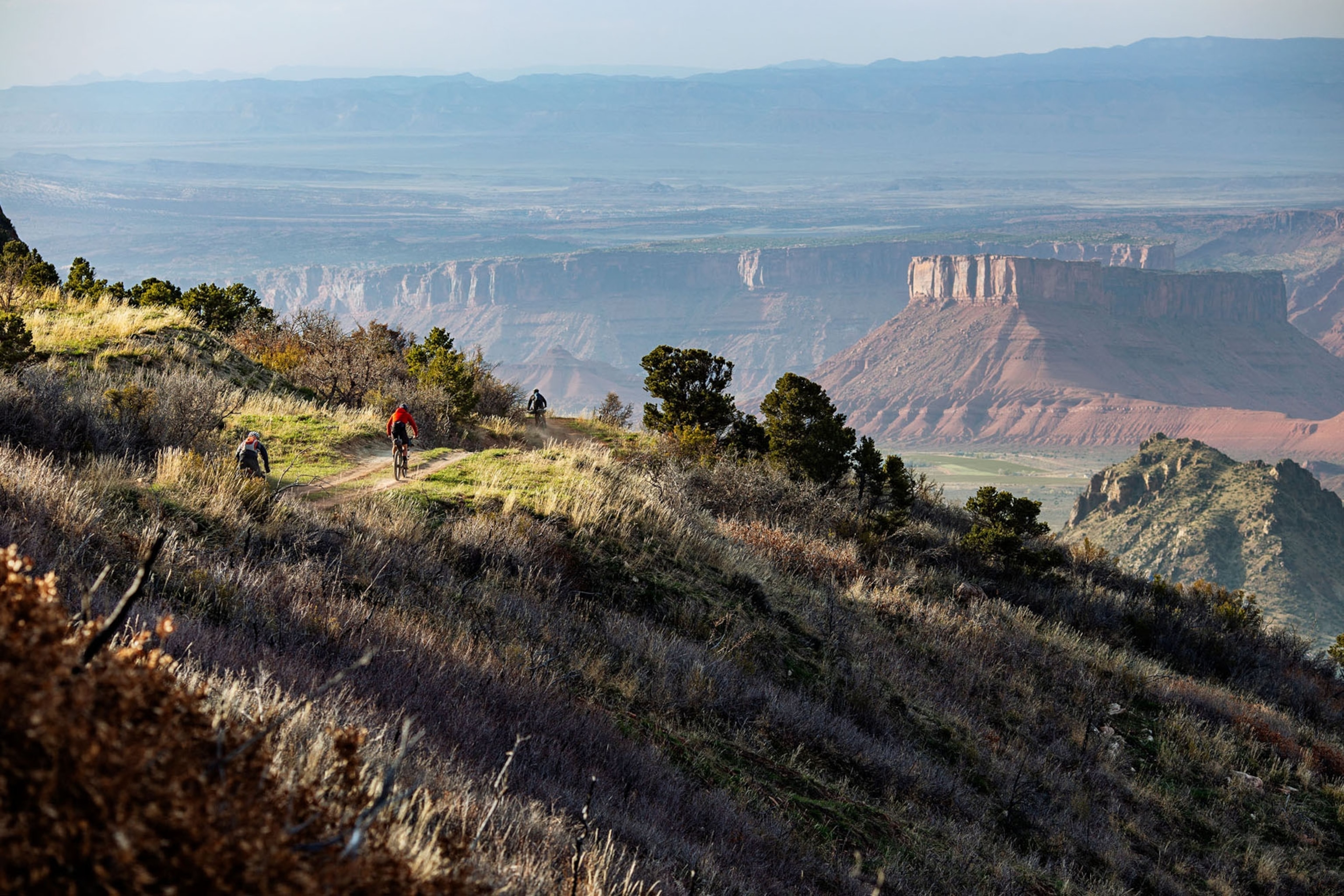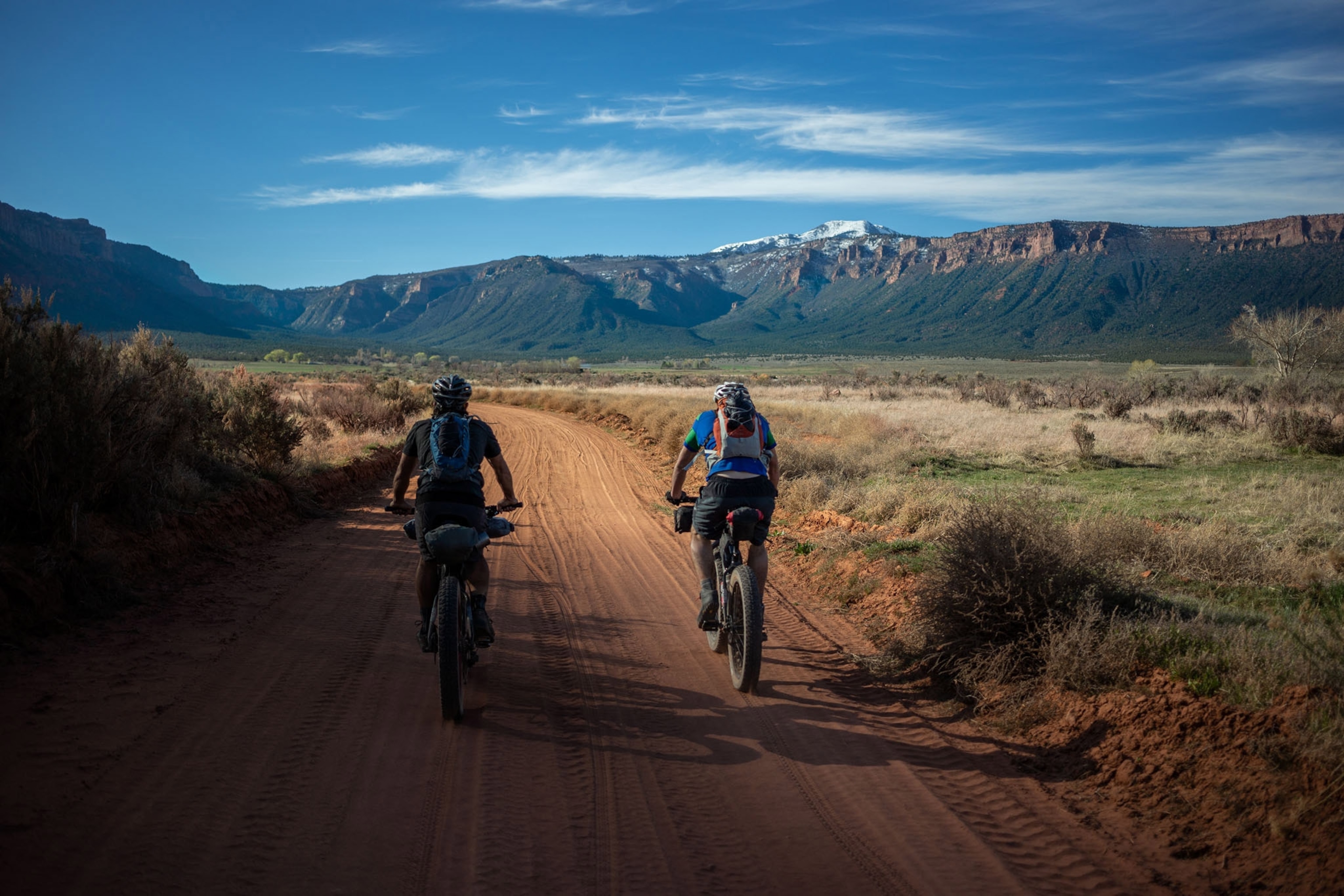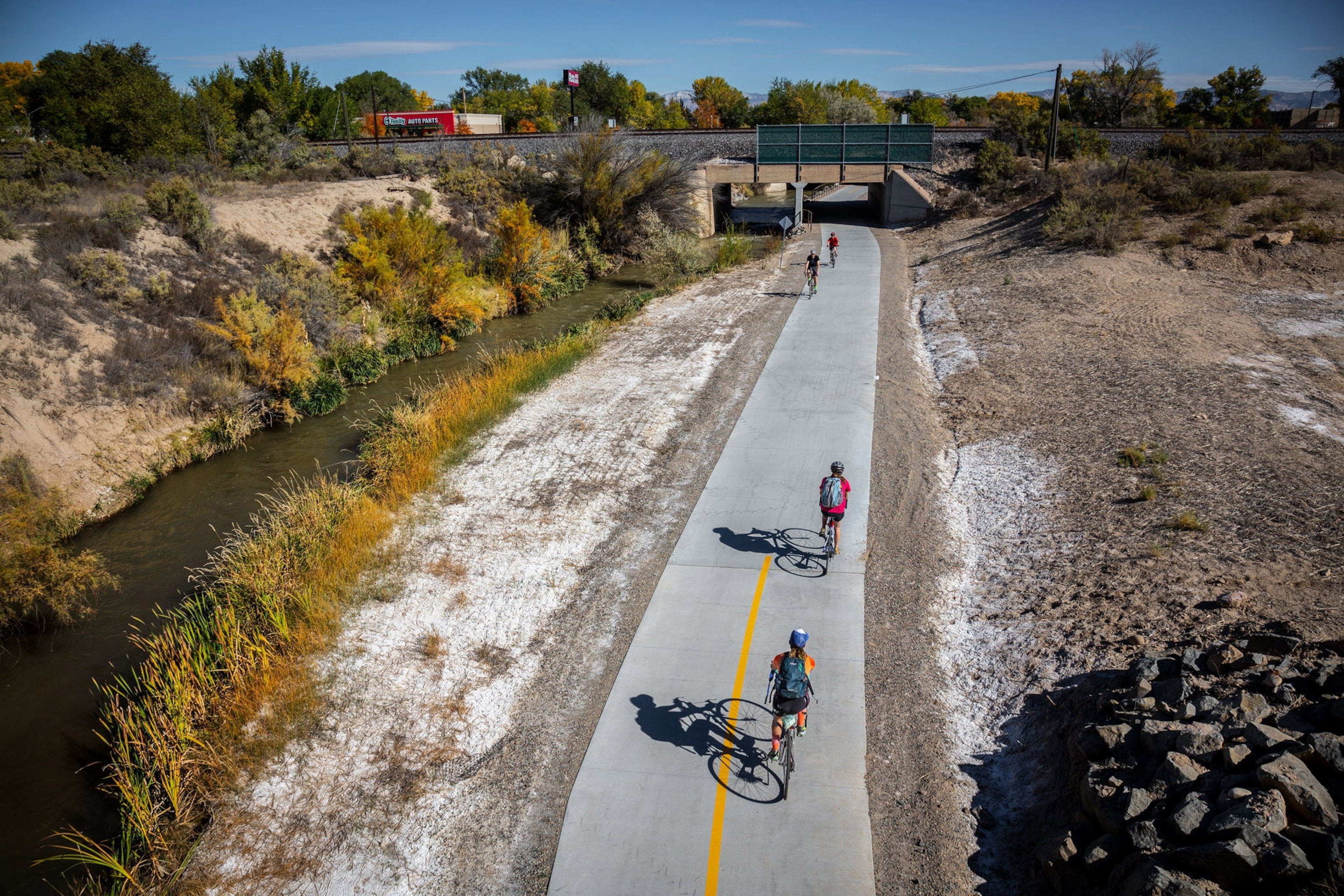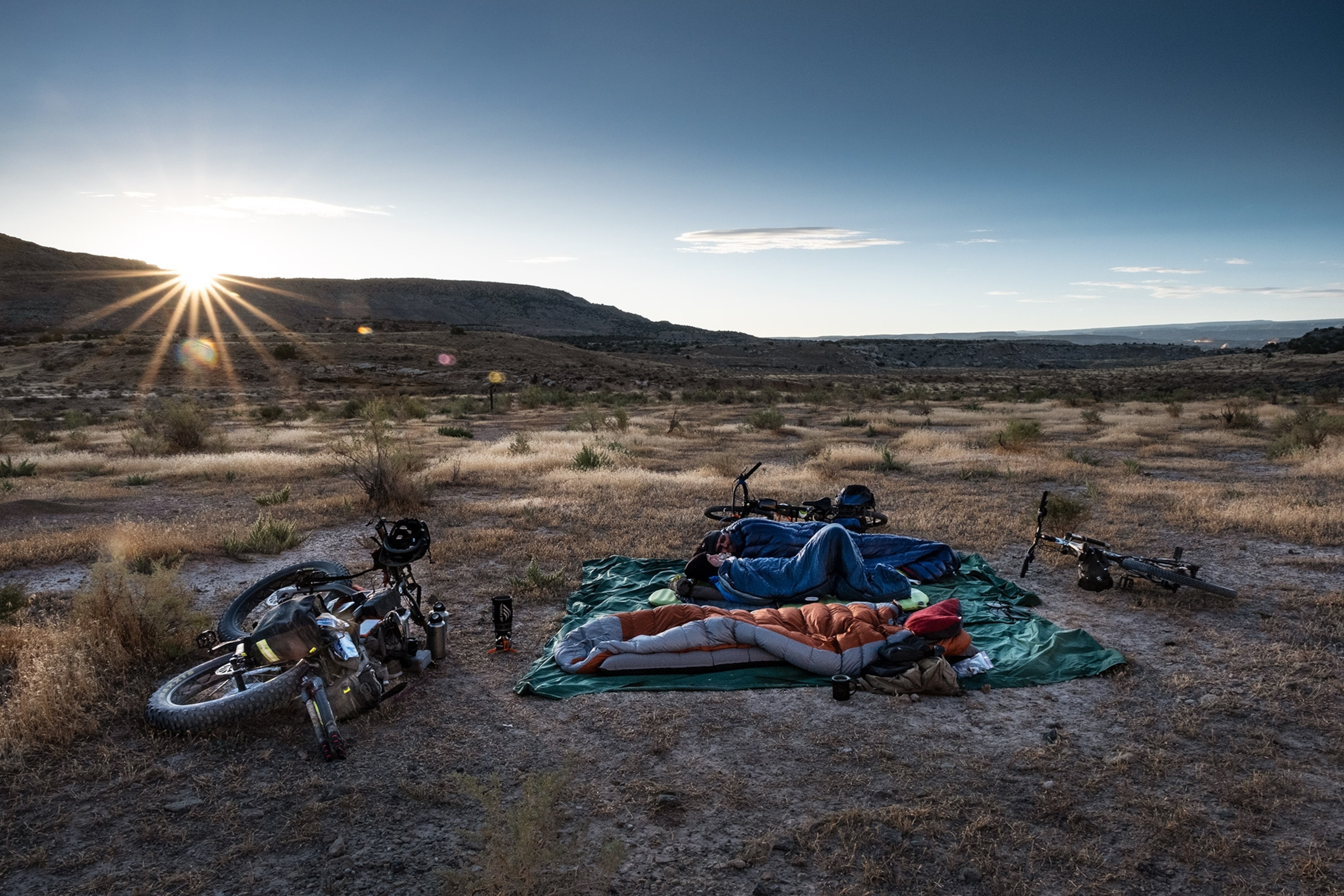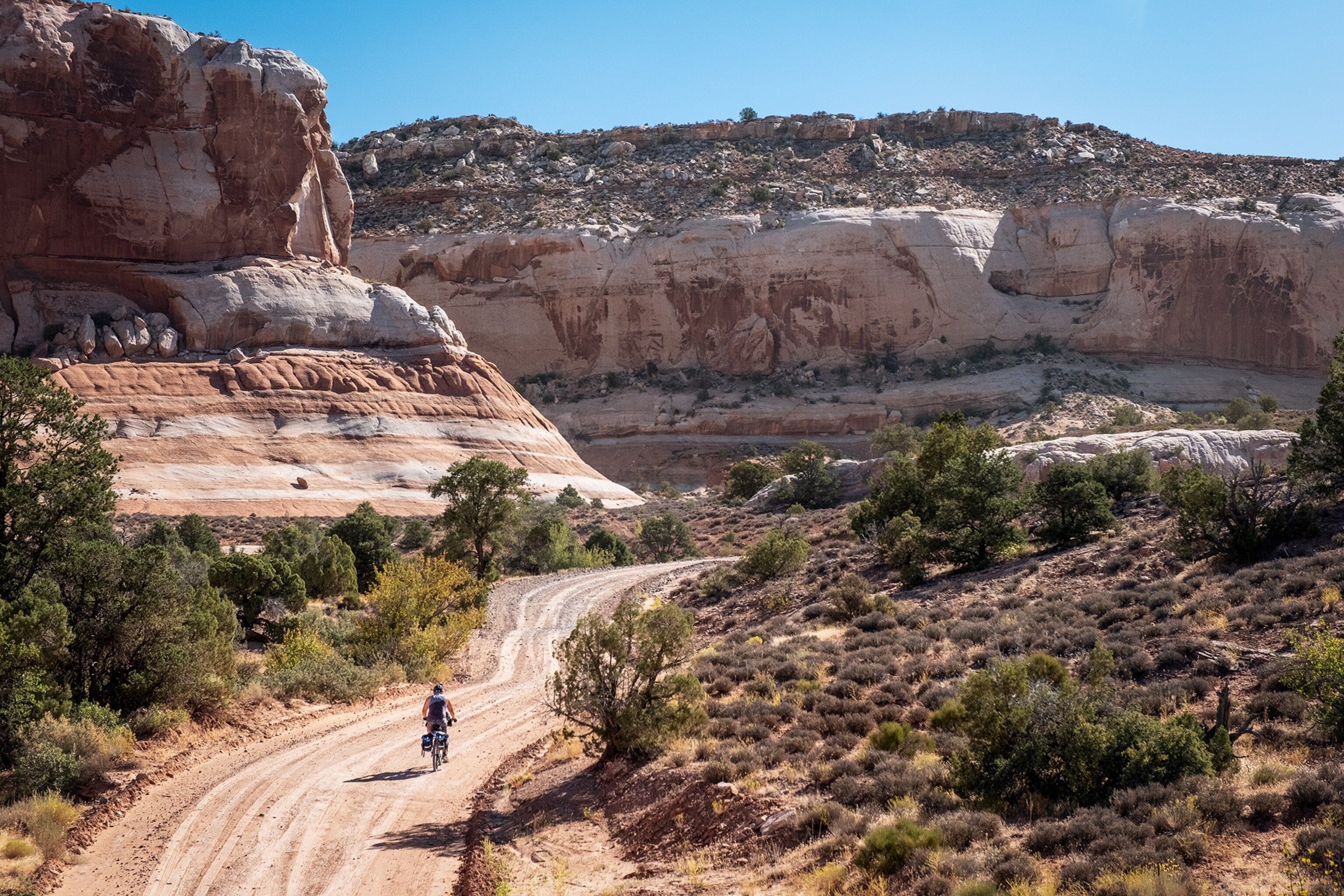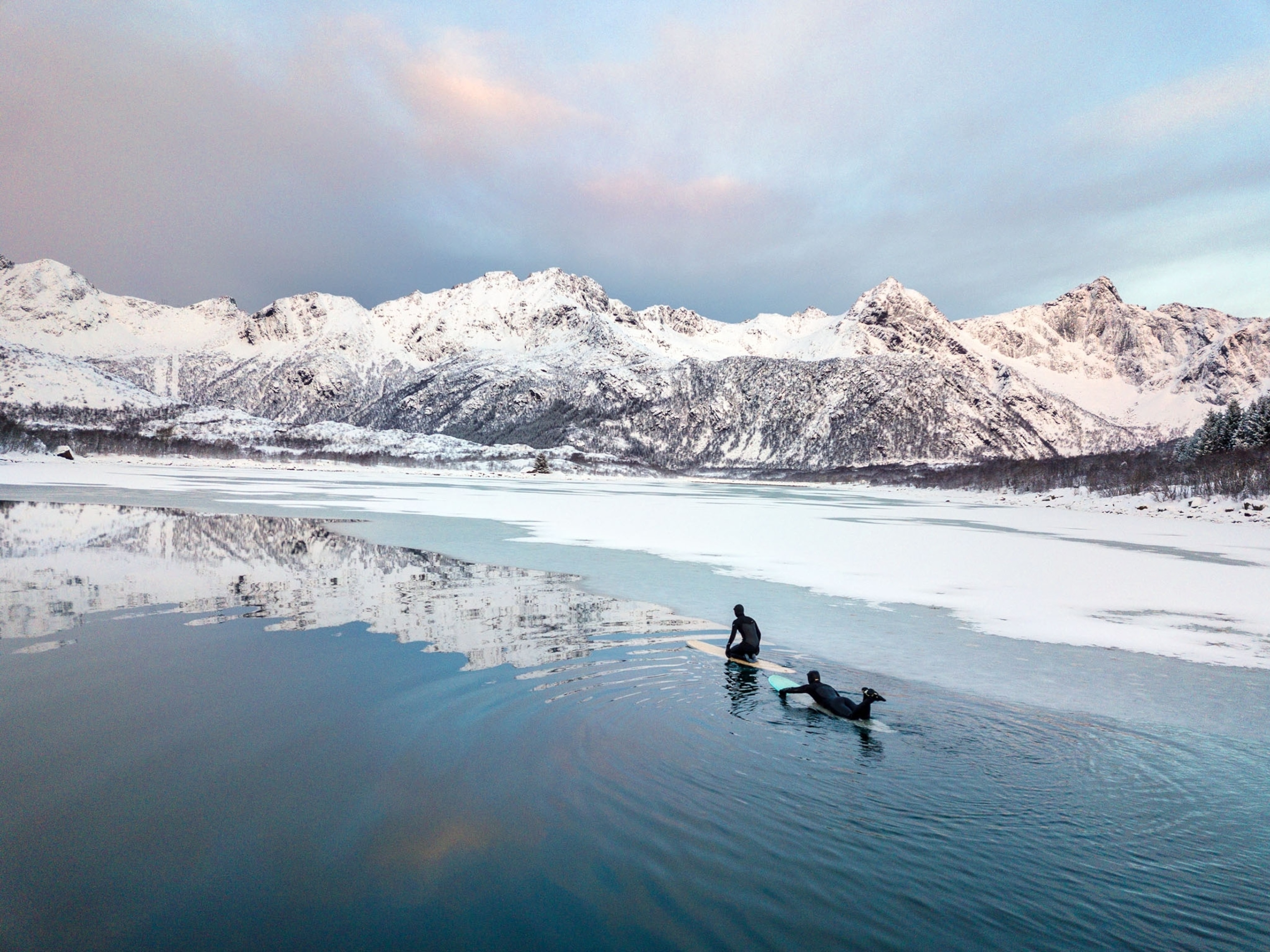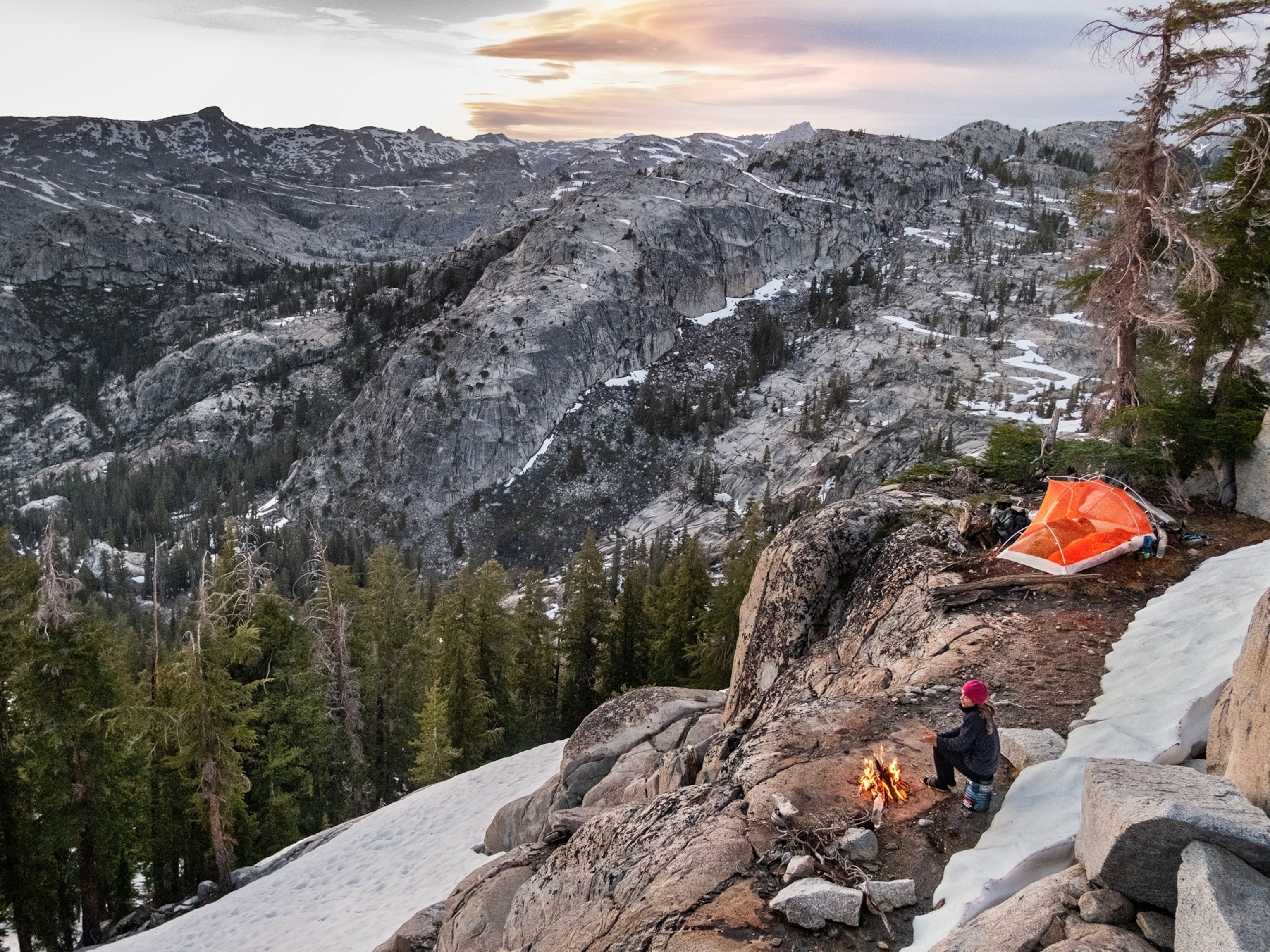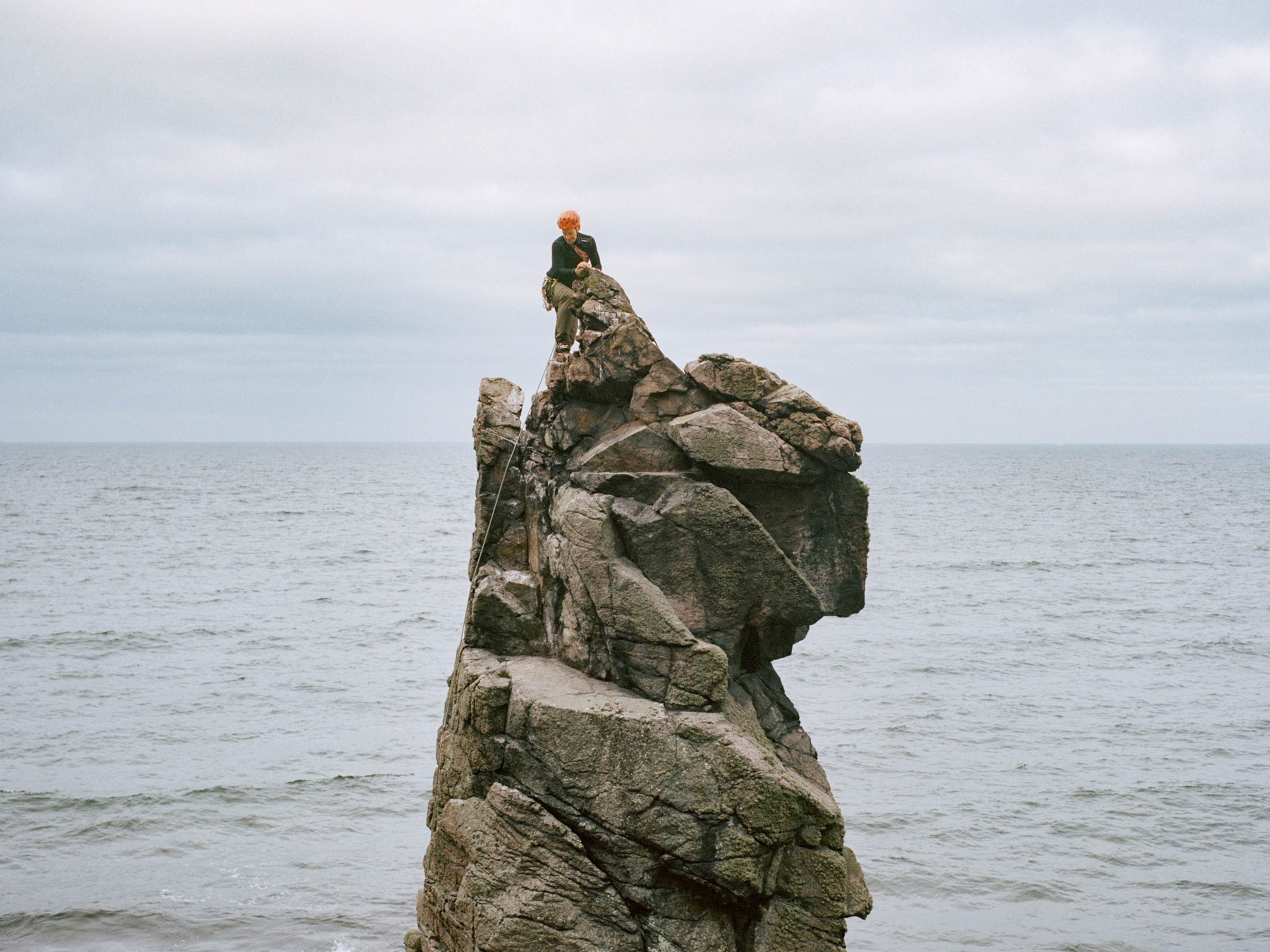Thousands of visitors speed daily along Interstate 70 between the soaring cliffs of Colorado National Monument and the fantastical sandstone of Utah’s Arches and Canyonlands National Parks. Compared with those marquee destinations, the borderland between them—an open range of cinnamon-colored sand and scraggly juniper—seems barren and anonymous. But out of sight, a backcountry mountain bike path, Kokopelli’s Trail, takes in 142 miles of slot canyons, bluffs, and desert mesas as formidable and astonishing as anything in the parks.
(What to Pack When Biking Across America)
“It’s big, wild country,” says Chris Muhr, vice president of the Colorado Plateau Mountain Bike Trail Association, the group that has stewarded the Kokopelli since its 1989 completion. “When the guys first talked about biking out there, it seemed crazy. But it’s land that’s hard to resist.”
It’s also land that’s highly valuable. Every mile of the trail is on public property, a patchwork of Bureau of Land Management–administered rangelands, national forests, and the McInnis Canyons National Conservation Area. Linking so much public land is no small feat in Utah, a state with a vocal political movement for land transfers and privatization. In recent years the state’s land conflicts bubbled onto the national stage with the fight over Bears Ears and Grand Staircase–Escalante National Monuments, both southwest of the Kokopelli. Those disputes, which pit preservation against development and extraction, are a microcosm of a larger struggle. According to a 2019 study in the journal Science, protected lands are increasingly in jeopardy worldwide, with 90 percent of reductions to public lands in the United States made since 2000.

“Vast expanses of undeveloped tracts of public lands like the Kokopelli are less and less common in the West,” says Kurt Refsnider, executive director of the cycling advocacy group Bikepacking Roots. (Refsnider also holds the fastest known time for biking the Kokopelli: 11 hours and 52 minutes.) “The first step in preserving such lands is getting people out using them and engaged.”
So when you get to ride across more than a hundred miles of unblemished land these days, it’s not only a rare experience; it’s also a ballot cast for land conservation. I got to do just that when I pedaled the Kokopelli in early November with my brother-in-law, Trevor Webb.
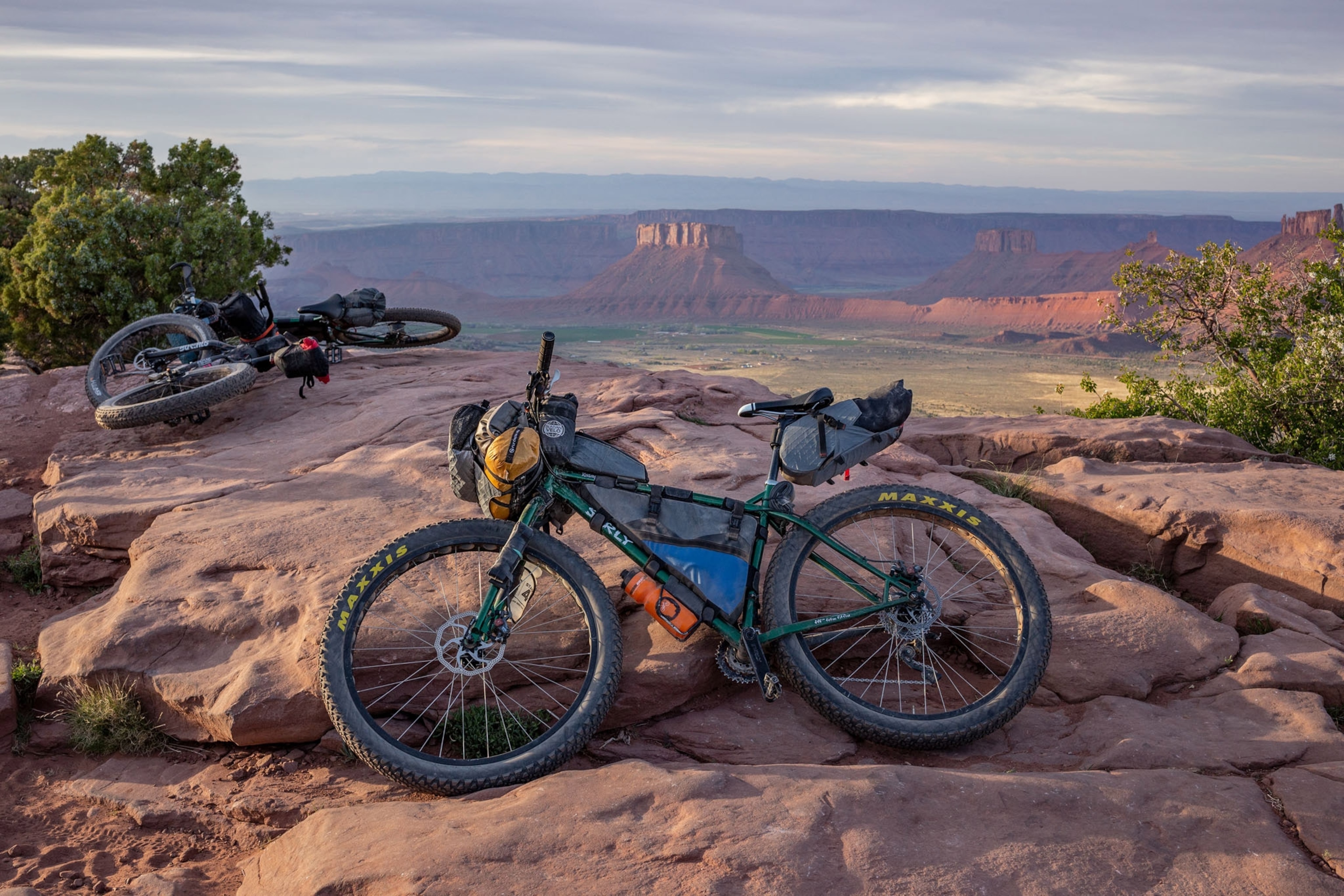
We rolled out of the Colorado border town of Fruita on a bracing Friday morning, alone on the rock benches above the Colorado River. Strictly speaking, the Kokopelli isn’t just one trail but a stitched-together tapestry of single-track, backcountry roads and even a bit of pavement that very roughly follows the river between Loma, Colorado, and Moab, Utah. After crossing Salt Creek a couple of hours into our ride, we cruised through a sea of grasslands turned flaxen with the gathering autumn and passed outcrops that were like battleships of sandstone. Once we’d turned south, we rode through great basins where towers of rock balanced like outsize skeleton keys sunk in the sand. Over our entire three-day trip, we’d see only three 4x4s and a half dozen cyclists. Considering the throngs that visit the nearby parks and monuments (in 2018, more than a third of a million people entered Colorado National Monument while 2.4 million went to Arches and Canyonlands combined), the trail’s solitude makes its vistas feel all the more exclusive.
The Kokopelli has always been about big ideas. When the concept of the trail was hatched in the late ’80s, mountain biking was little more than a few eccentric cyclists modifying street bikes for off-road use. “It was taking off in Crested Butte and in Moab, and I just thought that if we could figure out a trail to link those two places through Grand Junction, maybe we’d have something positive instead of just oil shale,” says Timms Fowler, whom Muhr describes as the visionary for the trail.
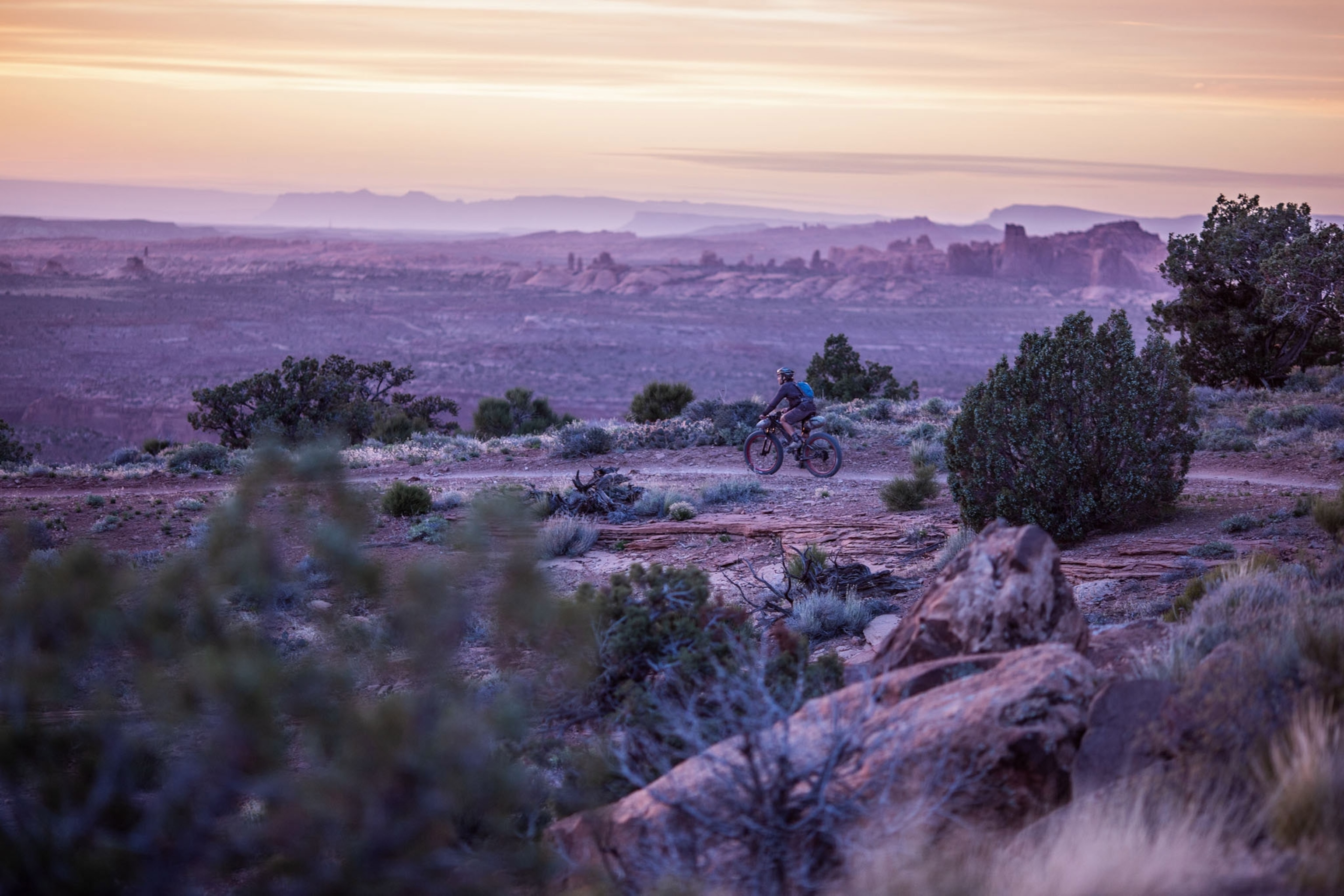
Though the project never grew beyond the initial Loma-to-Moab segment, it laid the groundwork for subsequent trails and systems that have turned the region into a riding hotbed, one of the first places to capitalize on the sport. Today the Kokopelli seems tailor-made for one of the industry’s growing trends: bikepacking, in which cyclists ride with all their gear on multiday adventures. “I don’t think they’d have anything to bikepack these days if we hadn’t started putting in trails like the Kokopelli,” says Muhr. “It was the first of its kind.”
